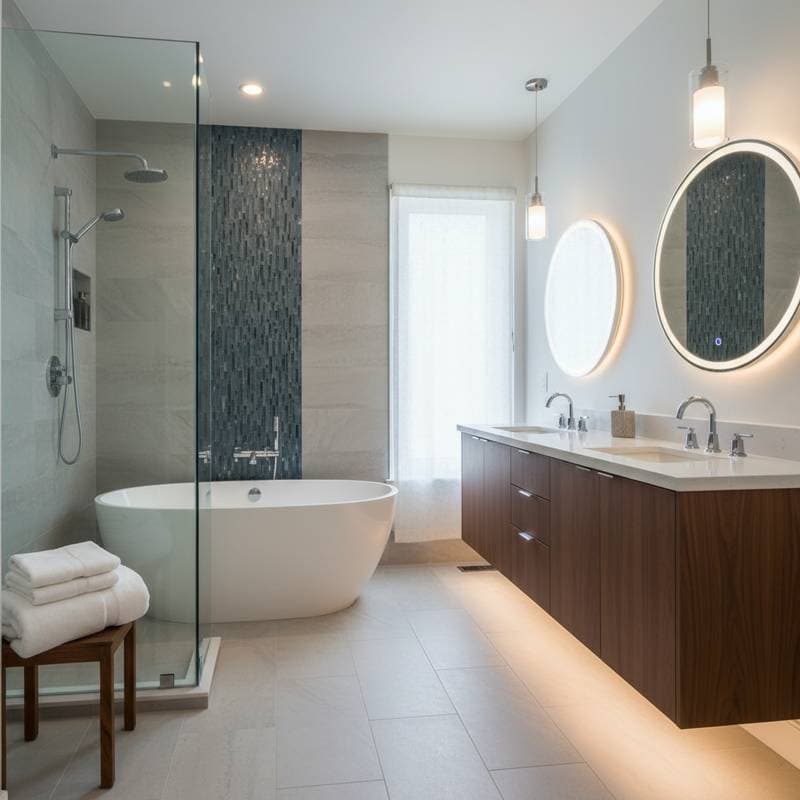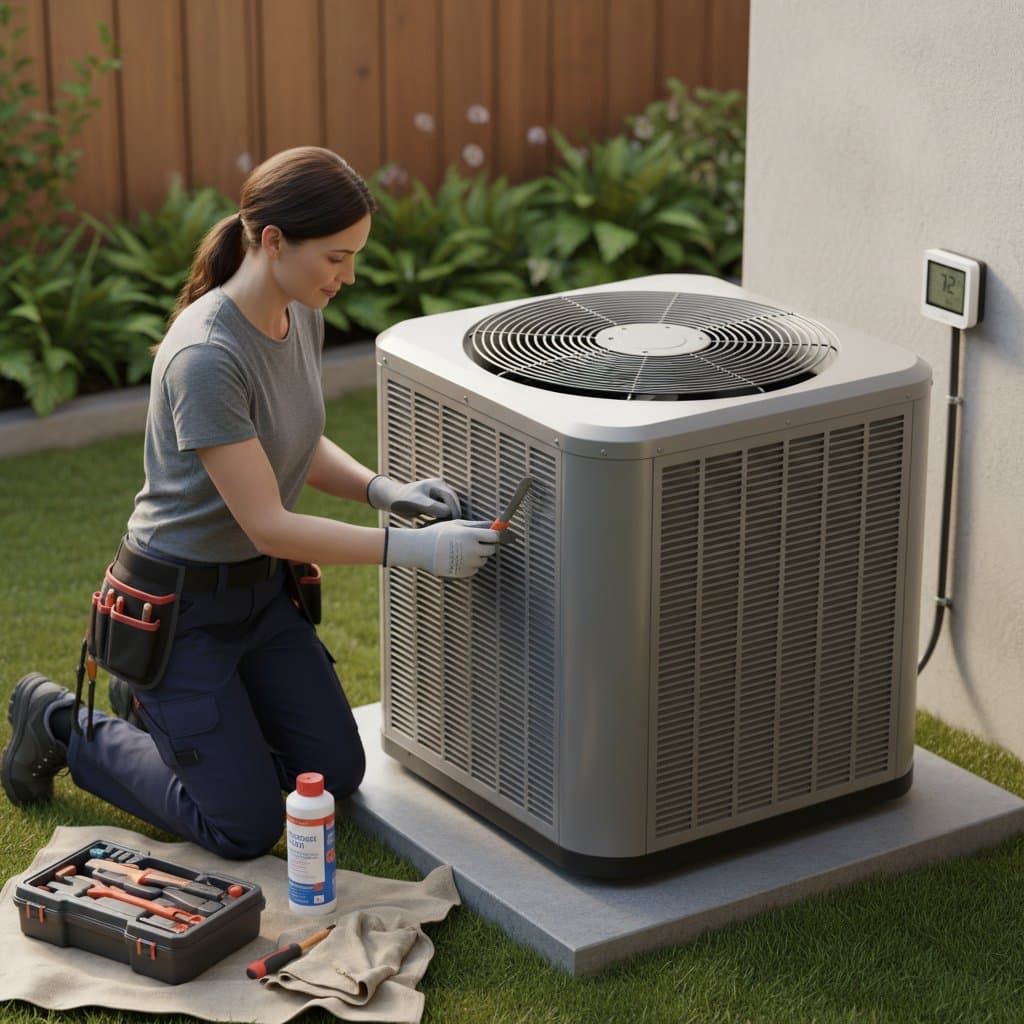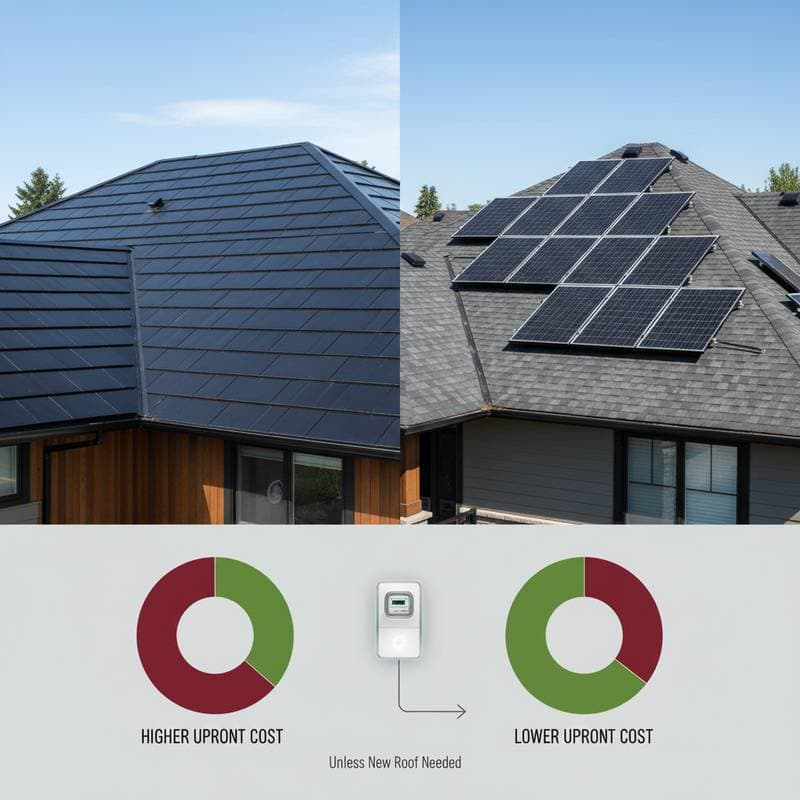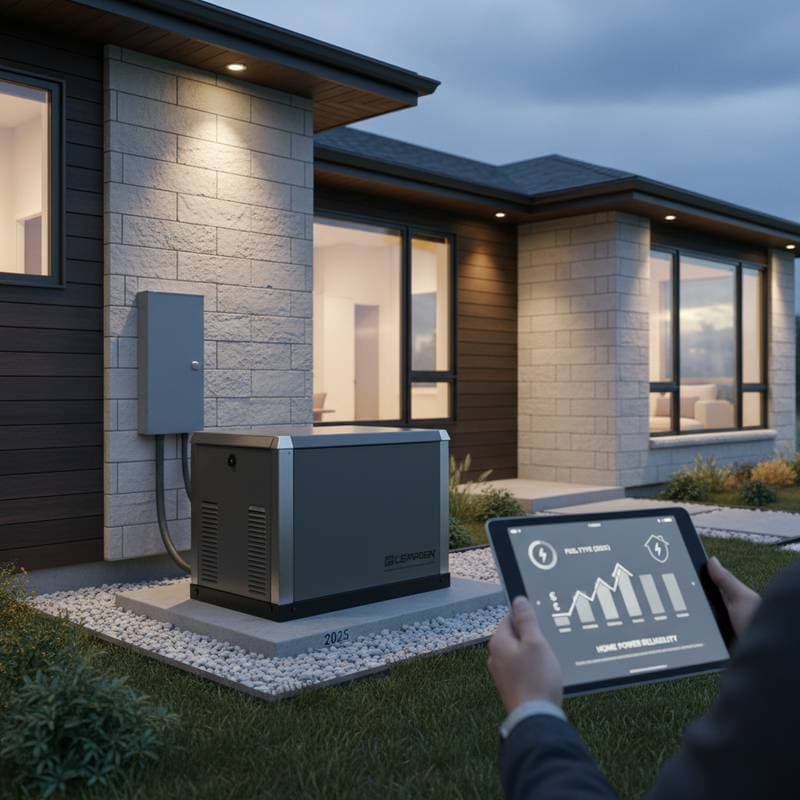The Best Time to Paint Your Home Exterior in 2025
Painting the exterior of your home requires careful planning, patience, and knowledge of local weather patterns. The chosen timing influences the longevity of the finish, the adhesion of the paint, and the smoothness of the appearance. Homeowners often proceed with painting during pleasant weather, yet this approach may result in peeling, cracking, or fading if conditions prove unsuitable. By grasping seasonal trends and moisture dynamics, individuals can identify optimal periods for durable outcomes.
How Weather Influences Exterior Paint Performance
Exterior paint serves purposes beyond coloration; it shields the home from moisture, ultraviolet rays, and thermal fluctuations. These elements directly impact paint efficacy, particularly in outdoor settings where daily variations occur.
In low temperatures, paint becomes viscous and dries unevenly. High heat causes rapid surface drying, which produces noticeable brush strokes and irregular textures. Elevated humidity introduces further complications, as trapped moisture under new layers may lead to blistering or mold growth over time.
Experienced painters emphasize that superior exterior applications occur under moderate temperatures between 50 and 85 degrees Fahrenheit, low humidity below 85 percent, and clear forecasts free of precipitation. Such circumstances enable proper curing and robust surface bonding.
Spring: Launching the Painting Season
Spring provides the initial opportunity for many homeowners to address exterior painting following winter. Rising temperatures and extended daylight facilitate the task. However, early spring often features erratic rainfall and lingering dampness. In areas prone to frequent showers, delay until weather stabilizes. Surfaces require complete dryness prior to painting to prevent moisture entrapment.
Prior to application, examine siding for winter-induced issues such as peeling layers, fissures, or fungal growth. Clean the surface meticulously, remove loose material with a scraper, and apply primer to exposed wood. Select paints formulated with antifungal additives to counter residual spring dampness transitioning to summer heat.
Spring also presents an advantageous period to engage professional services before demand peaks. Painters advise scheduling in advance to align with favorable weather periods.
Summer: Leveraging Warmth and Extended Daylight
Summer delivers steady warmth and reduced rainfall in numerous locales, rendering it a favored season for exterior painting. Prolonged daylight hours allow ample time for surface preparation, priming, and coat applications. Intense midday heat poses challenges, however, as paint may set prematurely and fail to self-level.
To mitigate rapid drying, schedule work for early mornings or late afternoons. Steer clear of direct sunlight exposure, which accelerates color degradation and promotes inconsistent finishes. Residents in humid zones should monitor forecasts for consecutive dry days. Nocturnal humidity, even in warm weather, can disrupt the curing process.
Late summer emerges as particularly suitable, with moderating temperatures and declining humidity levels. Contractors frequently recommend this interval as optimal for both independent and professional endeavors.
Fall: Achieving Seasonal Equilibrium
Early fall affords reliable painting conditions for countless homeowners. Temperatures cool sufficiently for even drying yet remain adequate for application. Precipitation diminishes, and humidity falls below spring and summer averages. This synergy fosters strong paint adhesion and color retention.
Commence fall projects promptly to permit full curing before temperature drops. Latex formulations demand consistent warmth during both day and night for proper setting. Refrain from late fall efforts if overnight frost or heavy dew prevails, as these factors induce streaking or fractures.
Professionals prefer this season for its consistency. Homeowners and contractors alike note early fall as accommodating for exterior work, thanks to predictable weather.
Winter: Conditions That Warrant Caution
Winter seldom provides viable painting opportunities. Subfreezing temperatures prolong drying, while snow or frost introduces moisture that compromises fresh applications. Although specialized cold-weather paints exist, outcomes vary without sustained warmth on the surface and in ambient air.
For unavoidable winter tasks, opt for premium acrylic latex products rated for temperatures as low as 35 degrees Fahrenheit. Ensure meticulous surface preparation and monitor for condensation risks. This method suits minor repairs or protected zones rather than comprehensive repaints.
Selecting Season-Appropriate Paints
Timing represents one factor; paint composition significantly determines project success. Exterior varieties include formulations tailored to diverse climates. Acrylic latex options withstand fading and splitting, whereas oil-based paints deliver durable surfaces for accents like trim or entryways. Products with broad temperature tolerance perform reliably across mild and variable conditions.
Adhere strictly to manufacturer specifications for temperature ranges, typically 50 to 90 degrees Fahrenheit, and humidity limits under 80 percent. Compliance guarantees effective bonding and minimizes early deterioration.
Aligning Budget and Project Scheduling
Project timing affects expenses as well. Service providers may offer reduced rates during off-peak seasons, which differ by location. Advance planning in spring or fall often secures competitive pricing.
Sustaining Your Painted Exterior
After completing the exterior paint application, regular upkeep preserves appearance and functionality for extended periods. Perform annual washing to eliminate accumulated dirt, pollen, and debris. Maintain clearance between vegetation and siding to prevent moisture retention and accelerated wear.
Integrating precise timing, thorough preparation, and ongoing maintenance yields a resilient, visually appealing exterior. This combination safeguards the home while elevating its aesthetic value across multiple seasons.





